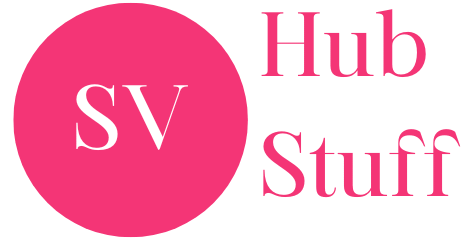Iron is one of the most essential minerals for women’s health. It plays a vital role in producing hemoglobin, which helps transport oxygen in the blood. Unfortunately, many women—especially during menstruation, pregnancy, or due to poor diets—are at high risk of iron deficiency or anemia.
The good news? Including iron-rich foods in your diet can help maintain optimal energy levels, boost immunity, and improve overall well-being.
Why Iron is Crucial for Women
Before we dive into the food list, it’s important to understand why iron is more important for women.
Menstruation: Monthly blood loss can lead to decreased iron levels.
Pregnancy: Iron demands double during pregnancy to support the mother and baby.
Fatigue and Weakness: Low iron can cause tiredness, poor concentration, and pale skin.
Hair Fall and Brittle Nails: Common symptoms of iron deficiency in women.
Recommended Daily Iron Intake:
Premenopausal Women: 18 mg/day
Pregnant Women: 27 mg/day
Postmenopausal Women: 8 mg/day
There are two types of dietary iron:
Heme Iron: Found in animal-based foods; easily absorbed.
Non-Heme Iron: Found in plant-based foods; absorption improves when consumed with vitamin C.
Top 10 Iron Rich Foods for Every Woman
In this guide, we’ll explore the top 10 iron-rich foods every woman should include in her diet, along with the types of iron, daily iron requirements, and tips to improve iron absorption.
1. Spinach
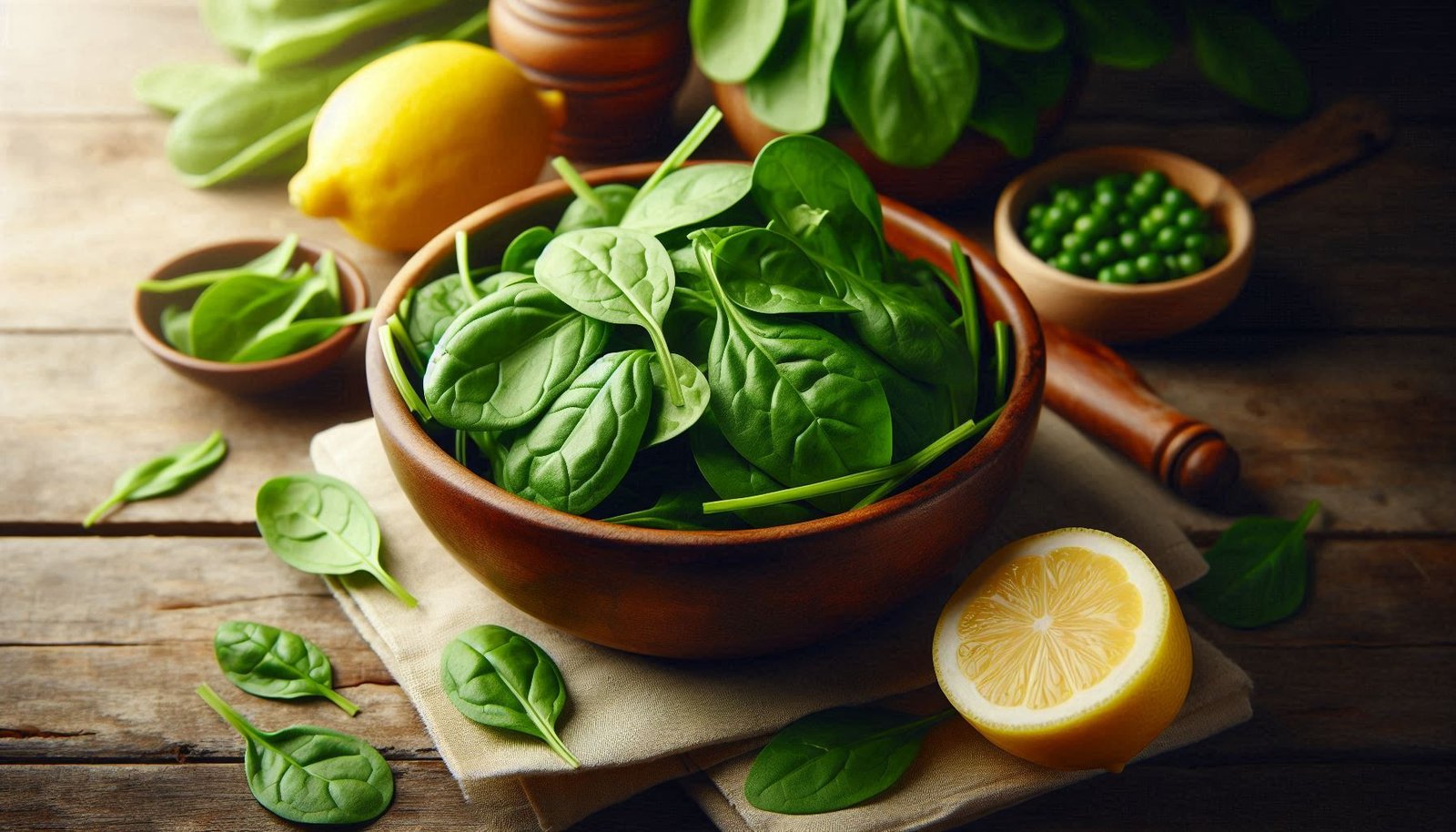
Iron Content: 3.6 mg per 100g (non-heme iron)
Spinach is one of the best plant-based iron sources. It’s also rich in vitamin C, which helps enhance iron absorption. You can enjoy it in salads, soups, or sautéed with garlic.
Bonus nutrients: Magnesium, folate, and fiber.
Tip: Pair with lemon juice for maximum iron absorption.
2. Red Meat (Beef and Lamb)
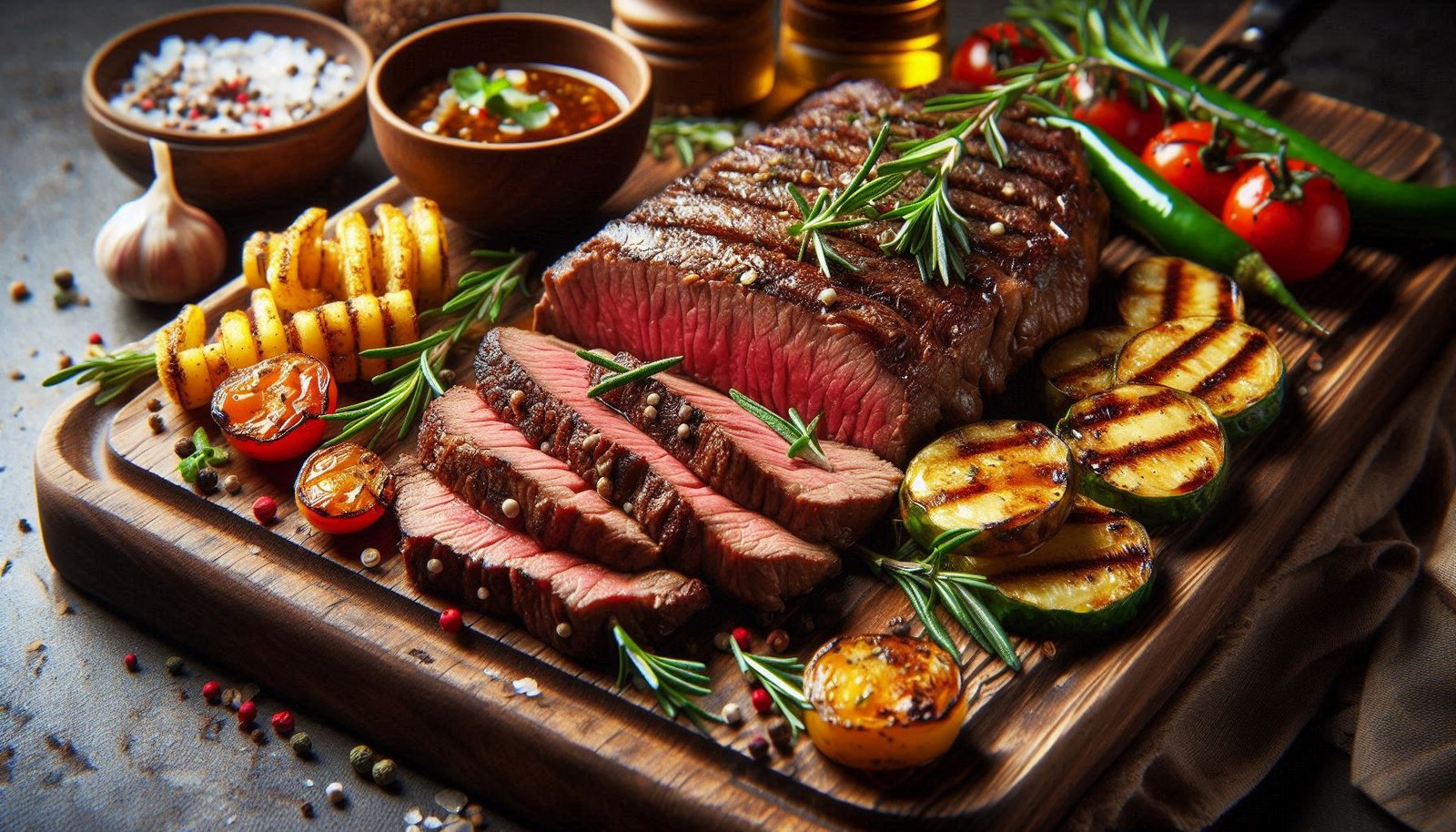
Iron Content: 2.7 mg per 100g (heme iron)
Red meat is a powerhouse of heme iron, which your body absorbs more easily. It’s especially beneficial for women with heavy periods or low hemoglobin levels.
Bonus nutrients: Zinc, B12, and high-quality protein.
Tip: Choose lean cuts to reduce saturated fat intake.
3. Lentils and Legumes

Iron Content: 3.3 mg per 100g (non-heme iron)
Lentils, chickpeas, kidney beans, and black beans are fantastic iron-rich foods for vegetarian or vegan women. They’re also loaded with protein and fiber, making them heart-healthy.
Bonus nutrients: Folate, potassium, and complex carbs.
Tip: Soak legumes before cooking to improve nutrient absorption.
4. Pumpkin Seeds
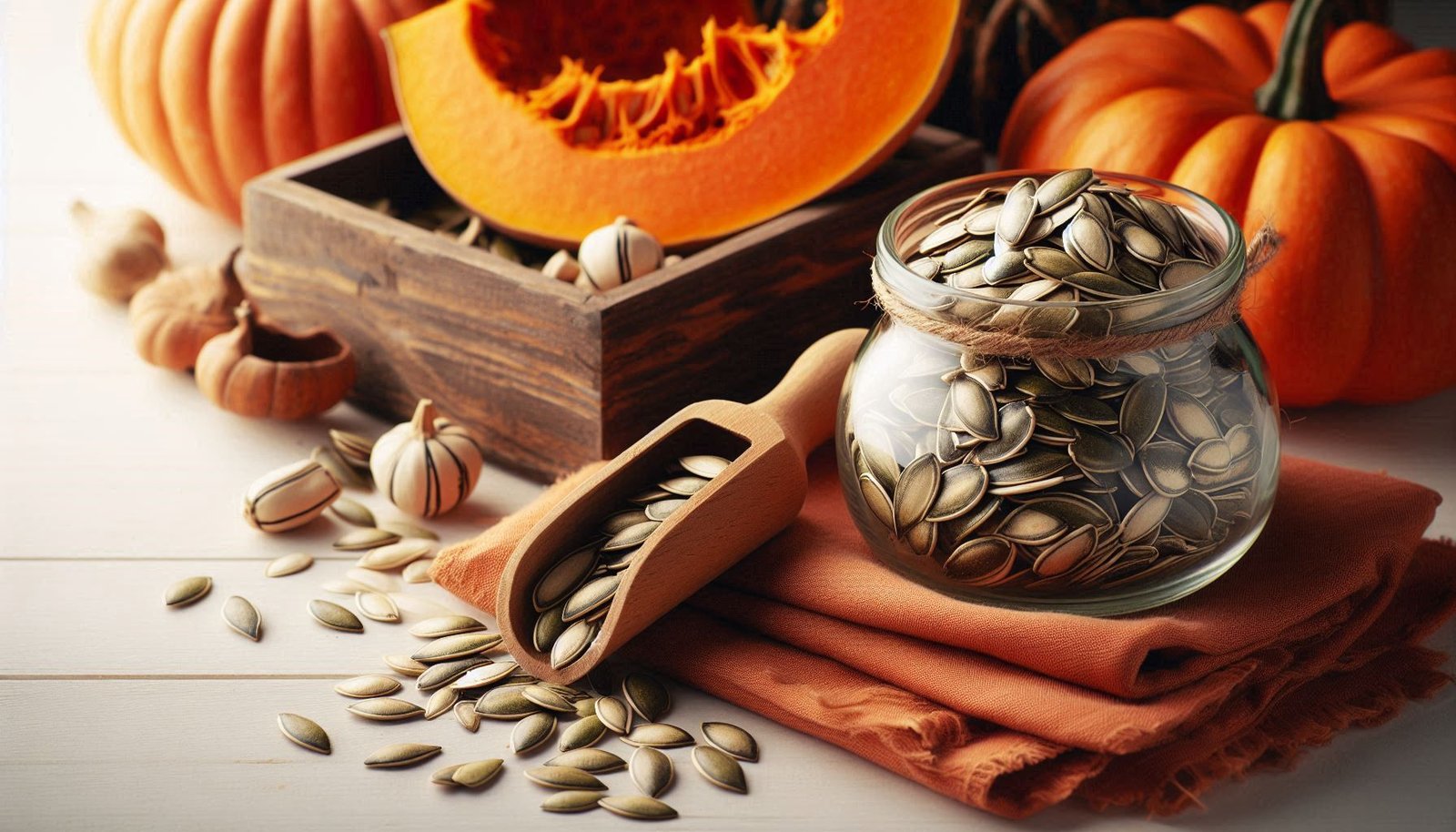
Iron Content: 4.2 mg per 28g (non-heme iron)
Just a handful of roasted pumpkin seeds can give a solid iron boost. They make a great snack or salad topping for busy women.
Bonus nutrients: Zinc, magnesium, and healthy fats.
Tip: Combine with dried fruits like raisins or cranberries for an energy-rich trail mix.
5. Shellfish (Clams, Oysters, Mussels)

Iron Content: Up to 28 mg per 100g (heme iron)
Shellfish are not only iron-rich but also low in calories and high in protein. Clams, in particular, offer extraordinarily high amounts of heme iron, making them perfect for women with low hemoglobin.
Bonus nutrients: B12, selenium, and omega-3s.
Tip: Steam or grill with herbs for a delicious and healthy meal.
6. Tofu and Tempeh
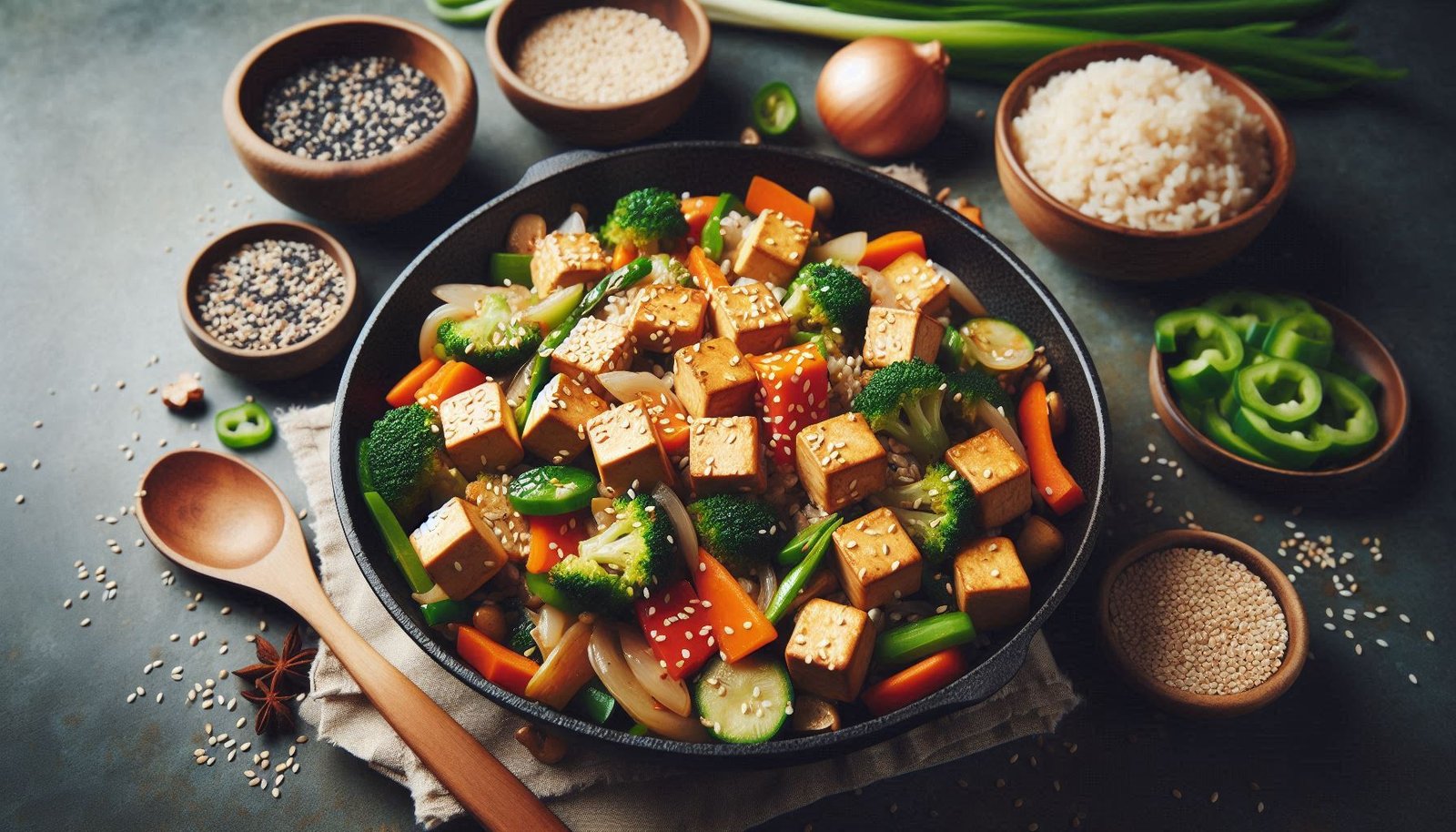
Iron Content: 3–3.6 mg per 100g (non-heme iron)
These soy-based protein sources are ideal for vegetarians and vegans. Tofu is also versatile—it can be added to stir-fries, curries, or even salads.
Bonus nutrients: Calcium, protein, and isoflavones (good for hormonal balance).
Alsó read: Tasty Fruits Of High Nutritional Value
Tip: Combine with bell peppers or citrus fruits to boost iron absorption.
7. Dark Chocolate (70% and above)
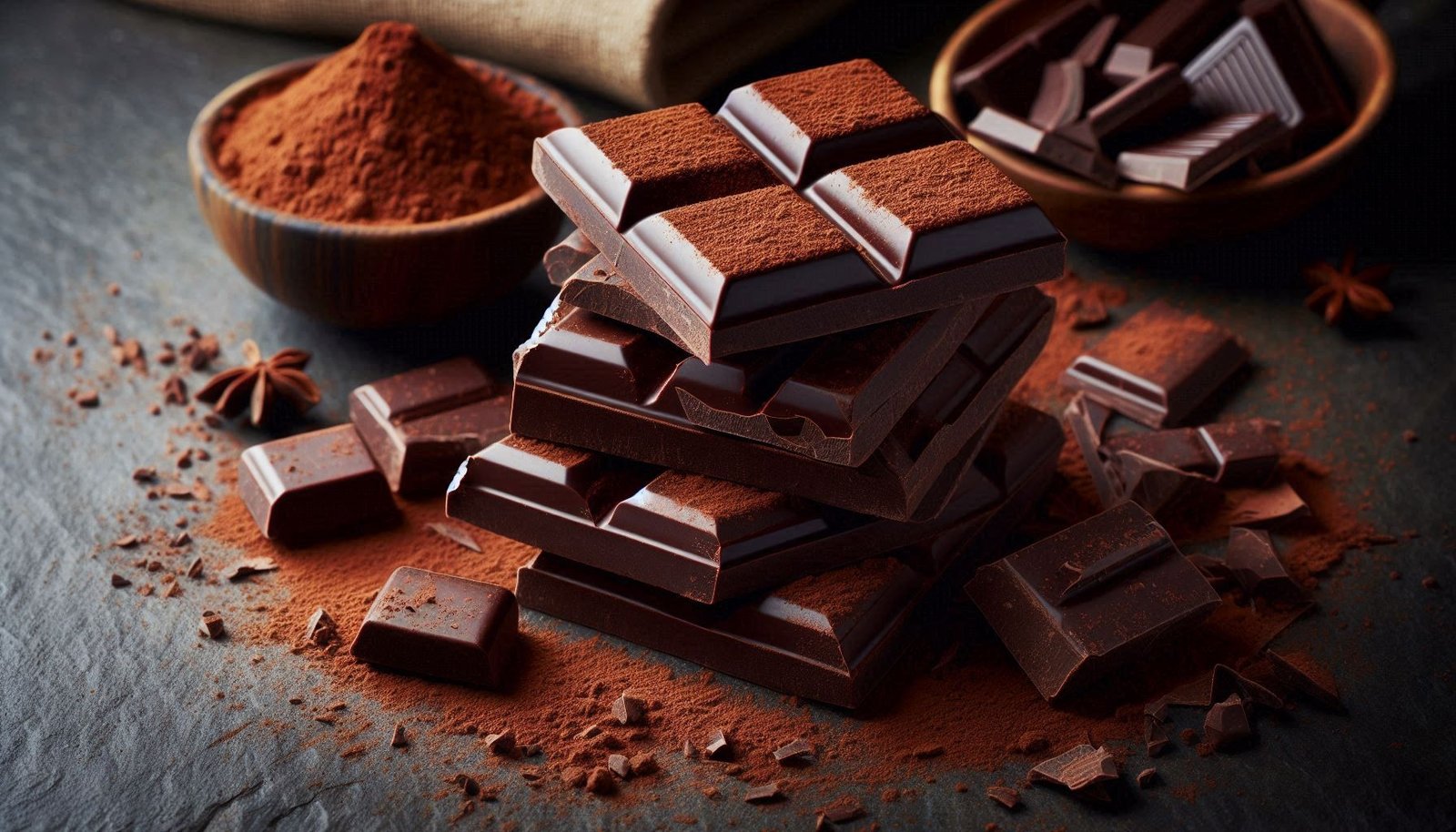
Iron Content: 6.9 mg per 100g (non-heme iron)
Yes, dark chocolate can be good for you! Choose varieties with at least 70% cocoa to get the most benefits.
Bonus nutrients: Antioxidants, magnesium, and fiber.
Tip: Enjoy in moderation—dark chocolate is high in calories.
8. Quinoa
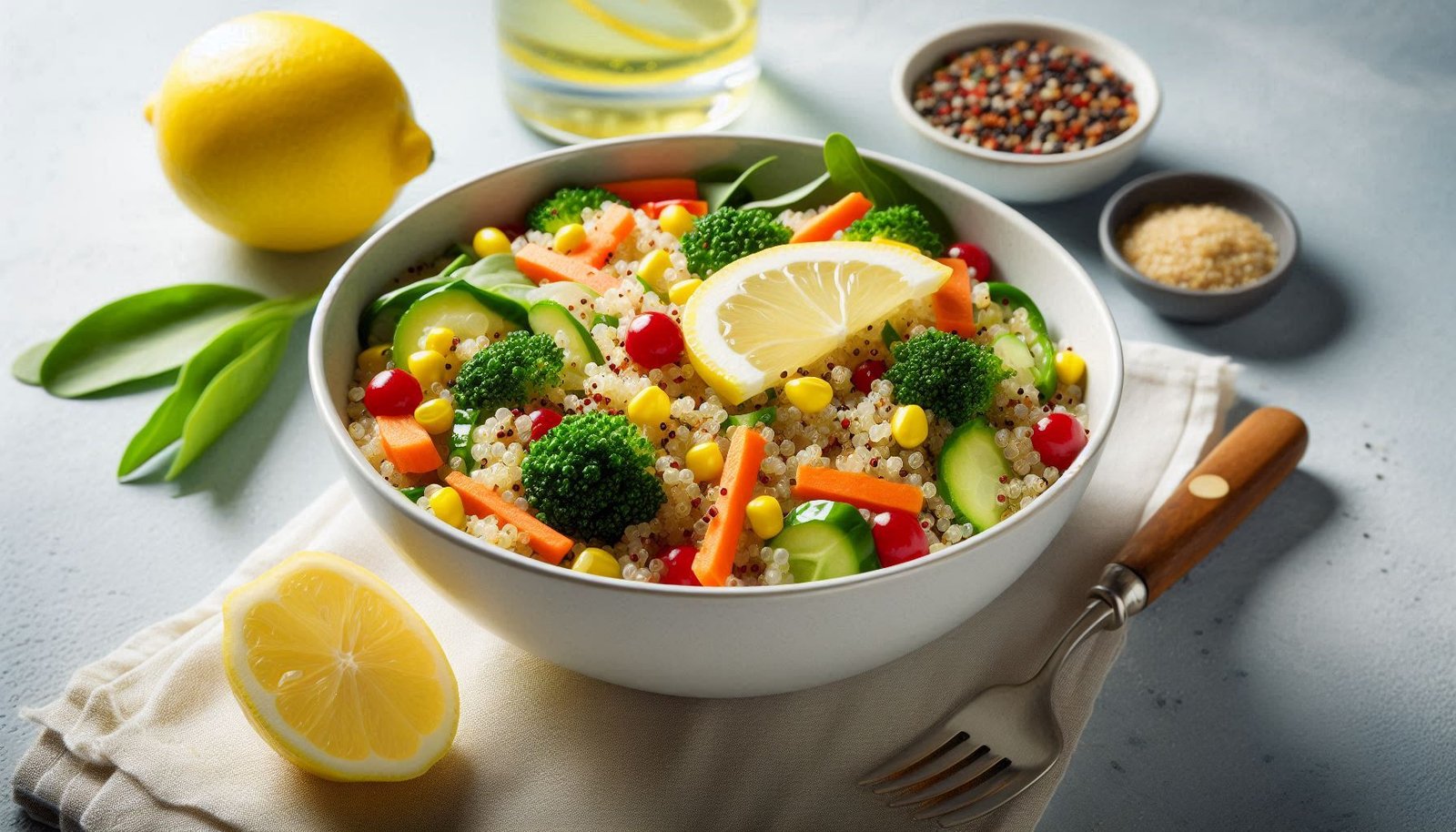
Iron Content: 2.8 mg per cup (cooked)
Unlike other grains, quinoa is a complete protein and gluten-free, making it a smart choice for women with celiac disease or gluten intolerance.
Bonus nutrients: Protein, magnesium, and manganese.
Tip: Use quinoa as a base for salads or replace rice in your meals.
9. Broccoli
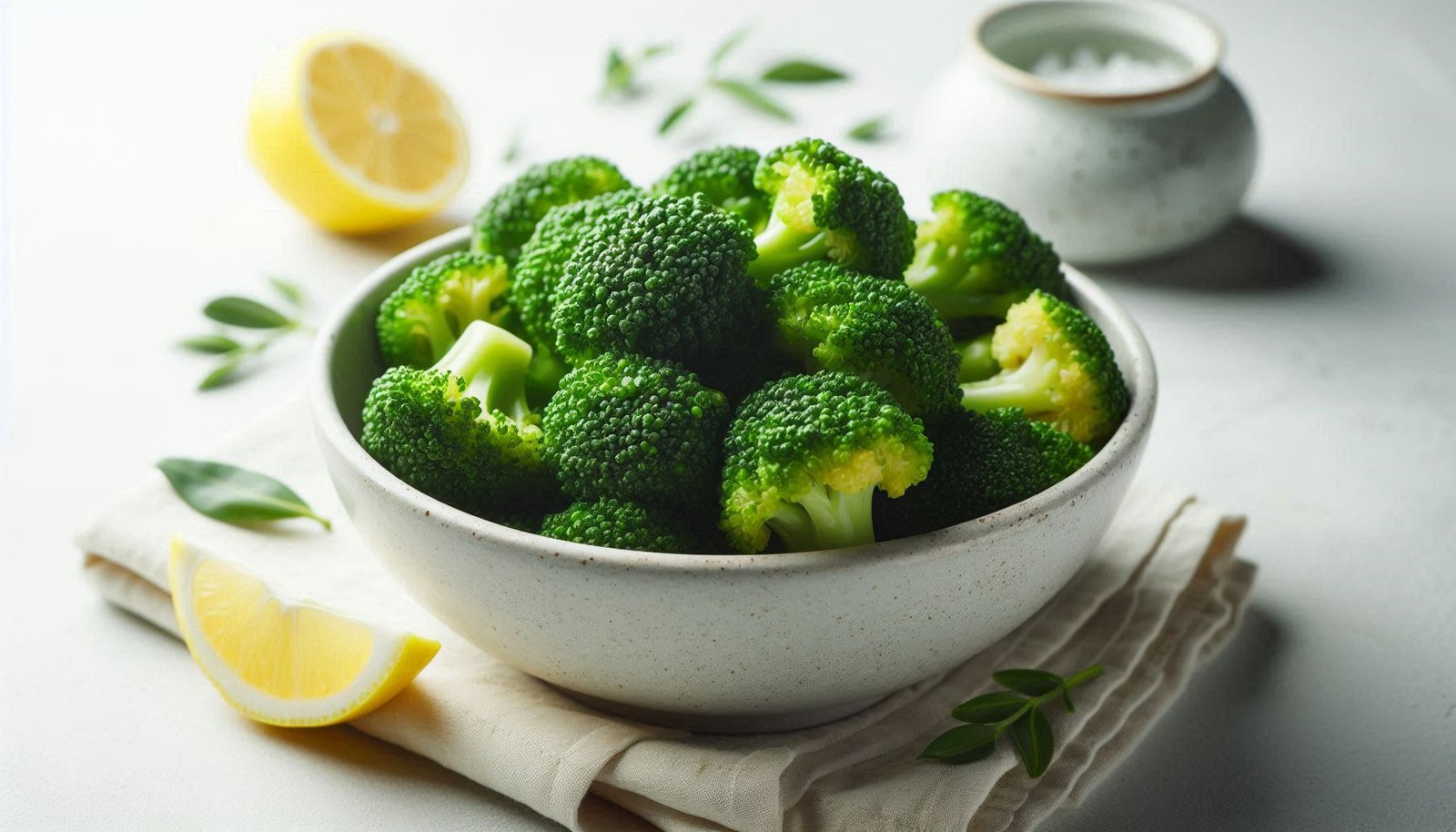
Iron Content: 1 mg per 100g (non-heme iron)
While its iron content isn’t the highest, broccoli is rich in vitamin C, which greatly enhances non-heme iron absorption from other foods.
Bonus nutrients: Fiber, antioxidants, and vitamin K.
Tip: Steam lightly to retain nutrients and pair with lentils for a perfect iron-boosting combo.
10. Eggs
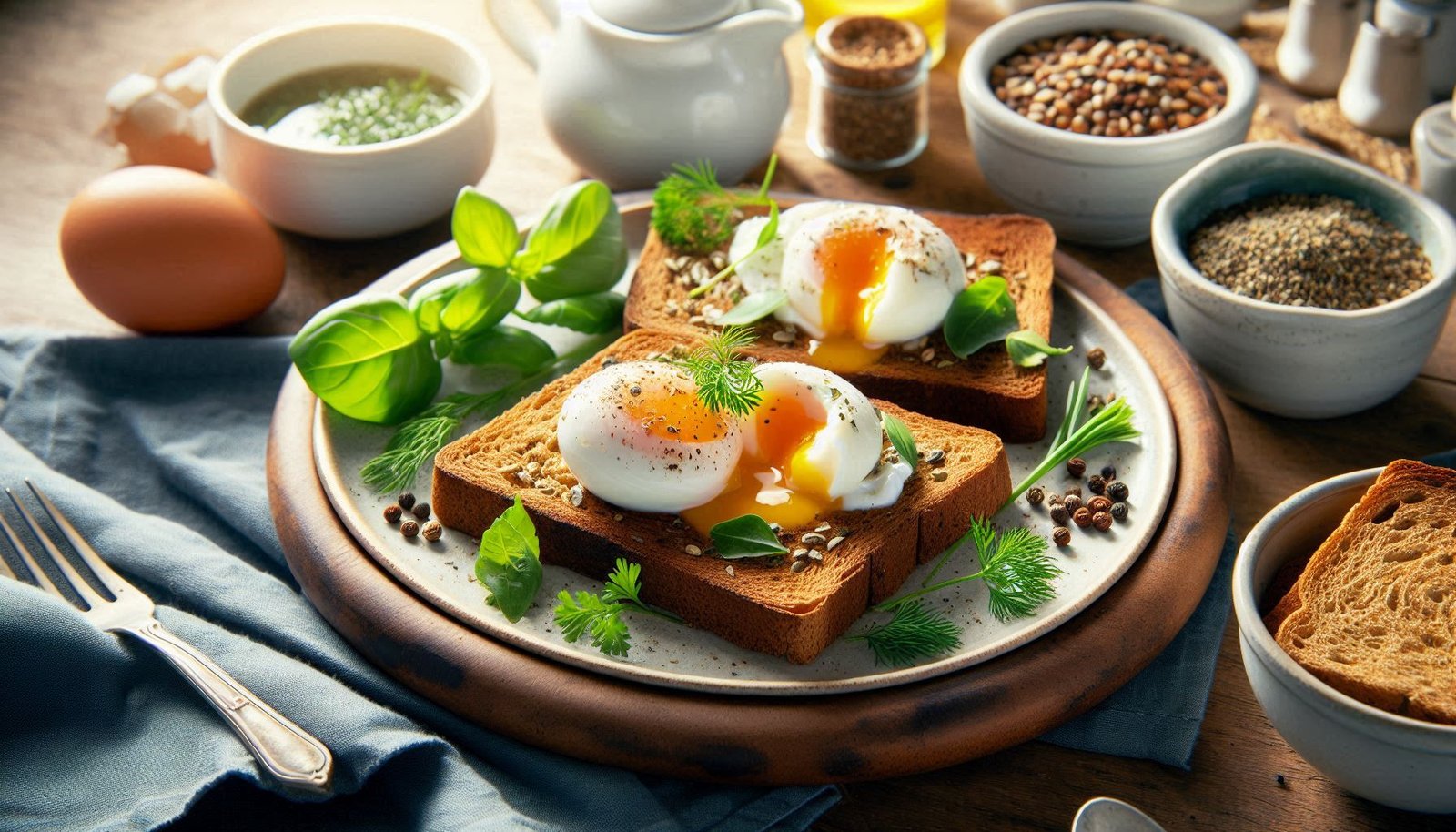
Iron Content: 1.2 mg per large egg (mostly in the yolk)
Eggs are a complete protein source and contain moderate iron, especially useful for women who don’t consume red meat.
Bonus nutrients: B vitamins, choline, and healthy fats.
Tip: Don’t skip the yolk—it holds most of the iron.
Also read: Iron-Deficiency Anemia
Tips to Maximize Iron Absorption
Even if you consume iron-rich foods, your body may not absorb it effectively. Here are a few tips to help:
✅ Do:
Eat Vitamin C-rich foods (oranges, bell peppers, lemons) with non-heme iron.
Cook in cast-iron pans to increase iron content in food.
Soak, sprout, or ferment grains and legumes to reduce iron-blocking compounds.
❌ Avoid:
Drinking tea or coffee with meals – they contain tannins that inhibit iron absorption.
Calcium supplements during iron-rich meals – calcium competes with iron for absorption.
Final Thoughts: Iron Up for Better Health
Iron deficiency is a silent problem many women face, often leading to fatigue, low immunity, and poor concentration. By incorporating these top 10 iron-rich foods into your daily meals, you can naturally boost your iron levels, improve your energy, and support your overall health.
Whether you’re vegetarian, vegan, or non-vegetarian, there’s an iron-rich option for everyone. Remember to combine iron-rich foods with vitamin C sources and follow absorption-friendly habits to make the most of your meals.
